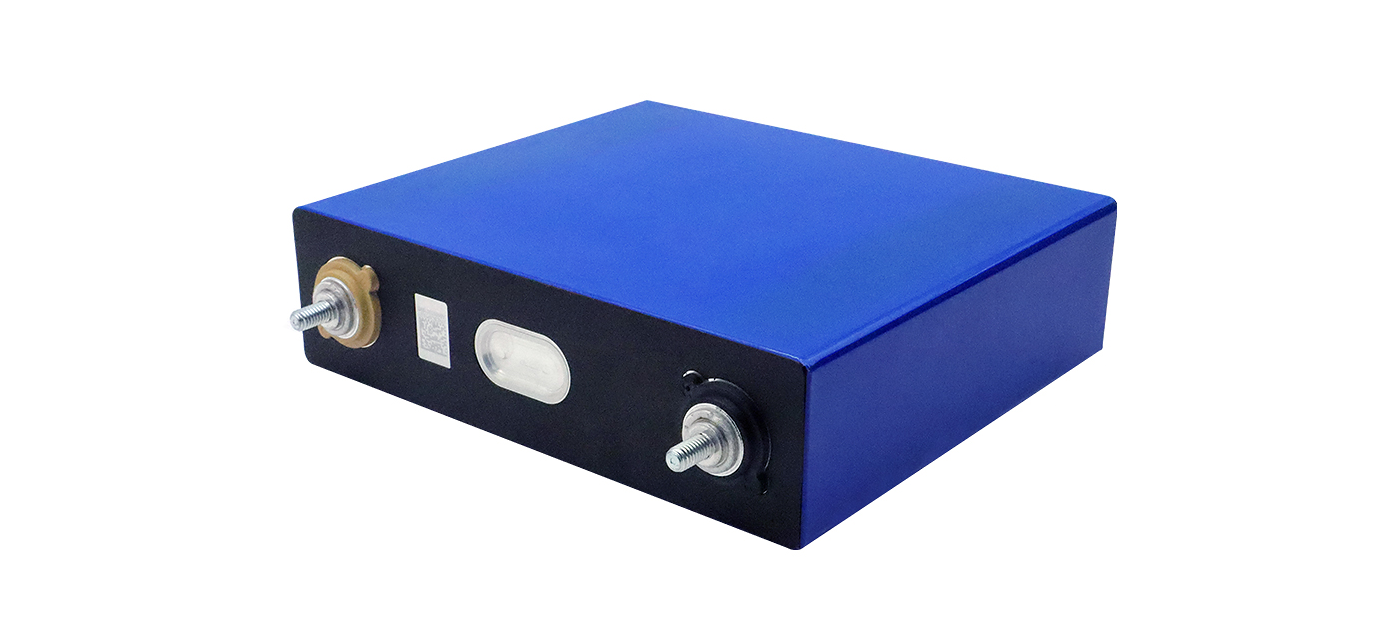About Lithium Iron Phosphate Batteries
The full name of lithium iron phosphate battery is lithium iron phosphate lithium ion battery. It is a lithium ion battery using lithium iron phosphate (LiFePO4) as the positive electrode material and carbon as the negative electrode material. The rated voltage of the monomer is 3.2V, and the charging cut-off voltage is 3.6V~3.65V. It is the most environmentally friendly, the longest life, the safest, and the highest discharge rate among all lithium battery packs.

1. The working principle of lithium iron phosphate battery
When the lithium iron phosphate battery is charged, the lithium ions Li+ in the positive electrode migrate to the negative electrode through the polymer separator; during the discharge process, the lithium ions Li+ in the negative electrode migrate to the positive electrode through the separator. Lithium-ion batteries are named after lithium ions migrate back and forth during charging and discharging.
1. When the lithium iron phosphate battery is charged, Li+ migrates from the 010 surface of the lithium iron phosphate crystal to the crystal surface. Under the action of the electric field force, it enters the electrolyte, passes through the diaphragm, and then migrates to the surface of graphene through electrolysis, and then embedded In the graphene lattice, at the same time, electrons flow to the aluminum foil electrode of the positive electrode through the conductor, and flow to the copper foil current collector of the negative electrode through the tab, battery pole, external circuit, negative pole, and negative ear, and then to the negative electrode through the conductor. The graphite negative electrode is the balance of the charge of the negative electrode. After the lithium ions are deintercalated from the lithium iron phosphate, the lithium iron phosphate is converted into iron phosphate.
2. When the lithium iron phosphate battery is discharged, Li+ is deintercalated from the graphite crystal, enters the electrolyte, passes through the diaphragm, and then migrates to the surface of the lithium iron phosphate crystal through the electrolyte, and then re-embeds into the lithium iron phosphate through the 010 surface. within the lattice. At the same time, the battery flows to the copper foil collector of the negative electrode through the conductor, and flows to the copper foil collector of the positive electrode through the tab, battery negative pole, external circuit, positive pole and positive ear, and then to the lithium iron phosphate positive electrode through the conductor, so that the The charge of the positive electrode reaches an equilibrium state.
2. Chemical reaction equation of lithium iron phosphate battery pack
Positive electrode reaction: LiFePO4Li1-xFePO4+xLi++xe-;
Negative reaction: xLi++xe-+6CLixC6;
The overall reaction formula: LiFePO4+6xCLi1-xFePO4+LixC6.
The above is the introduction of the working principle and chemical reaction equation of lithium iron phosphate battery. LiFePO4 battery has a series of unique advantages such as high working voltage, high energy density, long cycle life, low self-discharge rate, no memory effect, green environmental protection, etc., and supports stepless expansion, suitable for large-scale electric energy storage, in renewable There are good application prospects in the fields of safe grid connection of energy power stations, power grid peak regulation, distributed power stations, UPS power supplies, and emergency power supply systems.






